This guide is designed to equip players with a clear understanding of the fundamental mechanics governing the Escort (Convoy) game mode in Marvel Rivals. By focusing on exact payload speeds, contest radius nuances, checkpoint mechanics, and overtime rules, based on the latest available information, players can refine their strategies and improve their performance. Success in Escort hinges on more than just combat prowess; a deep knowledge of how the objective functions is paramount for consistent victories and climbing the competitive ladder.
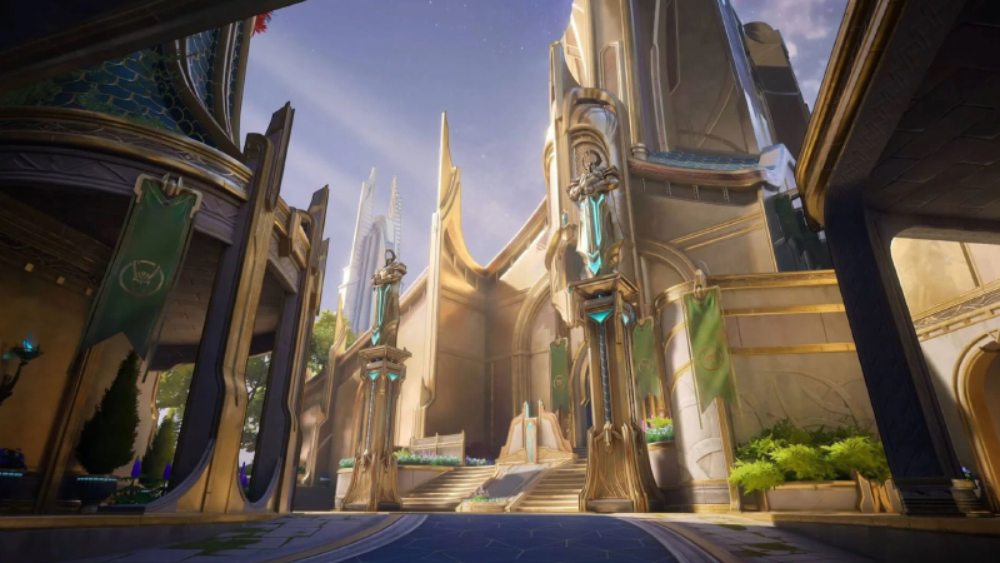
Escorting Payload to Victory
Convoy mode presents a classic asymmetrical challenge: one team of six, the Attackers, is tasked with escorting a payload, portrayed by different vehicles or objects throughout the maps, through a series of checkpoints to a final destination. The opposing team, the Defenders, must use their abilities and map knowledge to prevent the Attackers from succeeding before time expires.
Payload is more than just a mobile target; it's a dynamic element in the match. For Attackers, its progression is the sole win condition. Tactically, Payload serves as an indestructible piece of mobile cover, which both teams can strategically use to their advantage during engagements. This indestructibility means it can alter sightlines and create temporary chokepoints, influencing hero positioning and ability usage for all players involved.
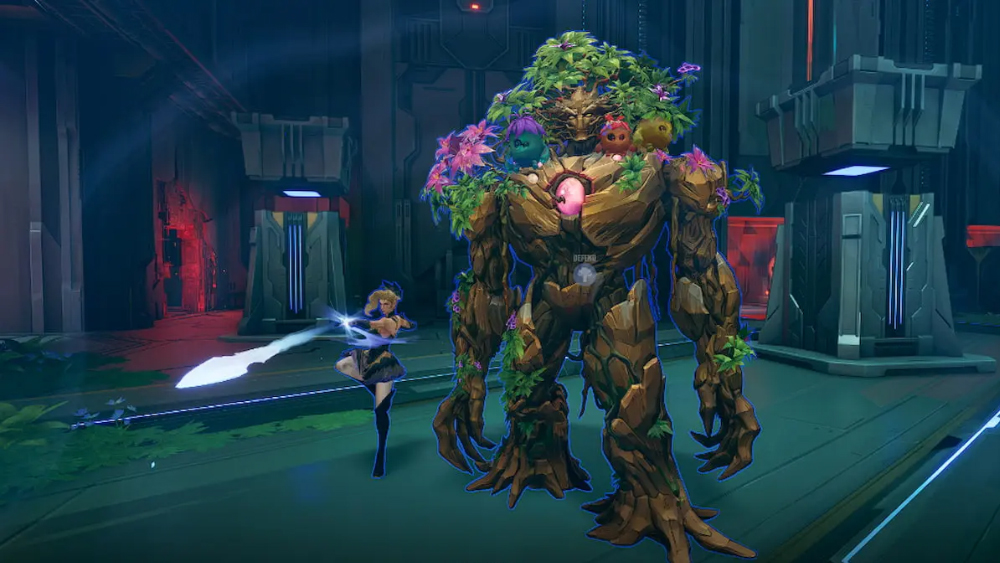
Understanding Payload Speeds
The movement of the payload is governed by a clear set of rules dictating its speed and control. Understanding these mechanics is essential for both teams to manage time and resources effectively.
How Payload Moves
The payload will move forward automatically if the attacking team has control of it and no defenders are within its contest radius. The presence of even a single defender on the payload will completely halt its forward progress. Should defenders gain control, they can push the payload backward; however, the speed of this backward movement is fixed and is not amplified by the number of defenders present.
Payload Speed Mechanics
The forward speed of the payload is directly influenced by the number of attackers accompanying it. While the in-game interface may display up to four arrows suggesting maximum speed, detailed analysis and player testing indicate that the peak velocity is achieved with three attackers. The payload itself accounts for one of these visual indicators when it is in motion. This distinction is crucial, as assigning a fourth hero to push the payload offers no additional speed benefit and could be a misallocation of resources that might be better used for flanking, scouting, or protecting vulnerable teammates.
| Number of Attackers on Payload | Payload Speed (m/s) | Incremental Speed Gain (m/s) |
|---|---|---|
| 0 (Uncontested Control) | 1.00 | N/A |
| 1 Attacker | 1.67 | +0.67 |
| 2 Attackers | 1.93 | +0.26 |
| 3+ Attackers | 2.26 | +0.33 |
This quantitative data allows teams to make informed tactical decisions. While three attackers maximize speed, the strategic value of the second and third pushers must be weighed against their potential contributions elsewhere on the battlefield, especially considering the non-linear nature of the speed gains.
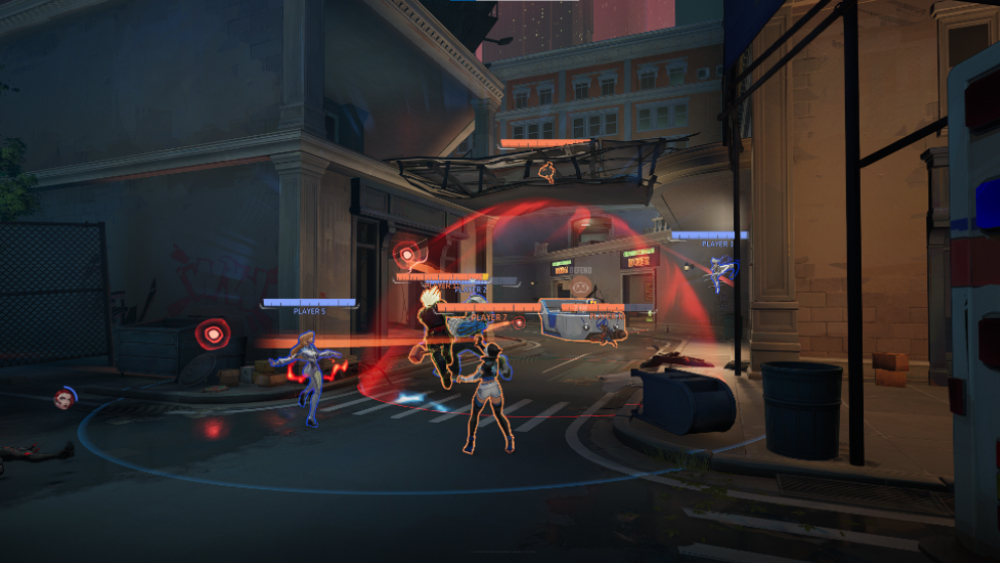
The Zone of Contention: Payload Contest Radius
The area immediately surrounding the payload defines the zone of contention. Attackers must be within this invisible zone to propel it forward, while defenders must enter it to halt or reverse its movement.
The game does not provide explicit numerical dimensions (e.g., a specific meter radius) for this contest area. Consequently, players must learn to rely on in-game visual indicators, such as a "highlighted rectangle area of the vehicle/point" or other UI elements that signify active objective interaction. This reliance on visual confirmation means that developing strong situational awareness and "game sense" is more critical than knowing an abstract number. Player experience and keen observation become paramount.
The compact nature of this zone elevates the importance of heroes with high survivability who can maintain their position under pressure, as well as coordinated team efforts to ensure a consistent presence. Mastering micro-movements and spatial awareness within this critical boundary, especially during chaotic team fights or high-stakes overtime pushes, is a key differentiator in player skill.
Hitting Your Marks: Checkpoint Mechanics
Convoy maps typically feature three distinct checkpoints that attackers must successfully guide the payload through to reach the final destination. These checkpoints represent significant milestones, often corresponding to roughly 33.3%, 66.6%, and 100% of the total escort distance.
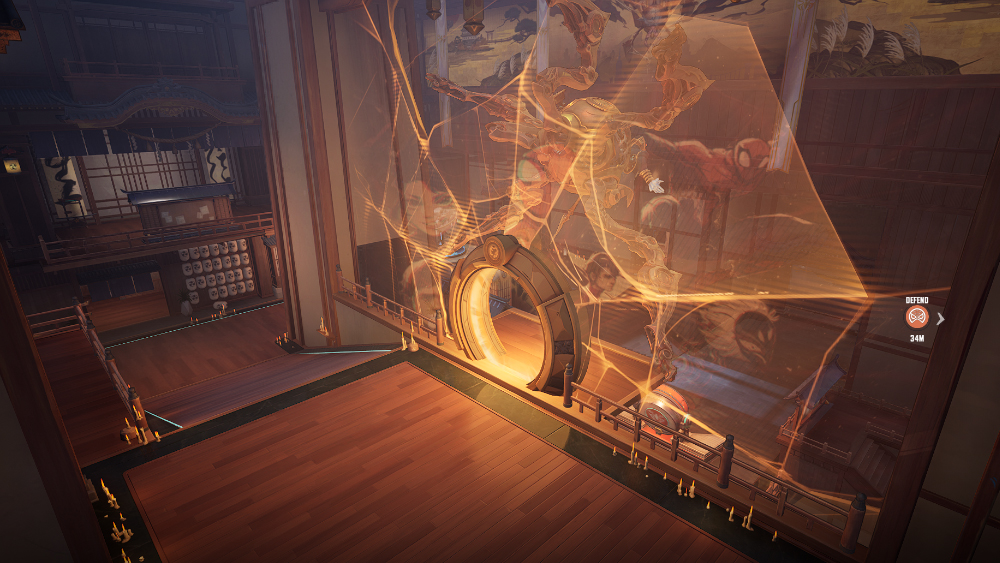
Time Bonuses Awarded
Reaching a checkpoint grants the attacking team a crucial extension to their match timer. The initial timer for the match is 5 minutes.
- Reaching the 1st checkpoint adds 3 minutes to the timer.
- Reaching the 2nd checkpoint adds 2 minutes to the timer.
These time bonuses are substantial and can often reset the momentum of a push, providing attackers with the necessary breathing room to tackle the next segment of the map. For defenders, preventing attackers from reaching these checkpoints is paramount, as it denies these large time injections.
| Checkpoint Reached | Time Added to Clock |
|---|---|
| 1st Checkpoint | 3 minutes |
| 2nd Checkpoint | 2 minutes |
Preventing Payload Rollback
A critical mechanic associated with checkpoints is that once captured by the attacking team, the payload cannot be pushed backward by defenders beyond that secured point. This "locks in" the attackers' progress, creating clear "front lines" for subsequent engagements. This rule ensures forward momentum for the game mode and divides the map into distinct phases, allowing teams to adjust their strategies accordingly. For attackers, securing a checkpoint is a moment of relief and consolidation; for defenders, it necessitates a strategic fallback and a reset of their defensive posture.
Down to the Wire: Overtime Push Rules
Overtime is a high-stakes mechanic that provides the attacking team with a final opportunity to secure an objective if the regular match timer expires while they are actively contesting the payload.
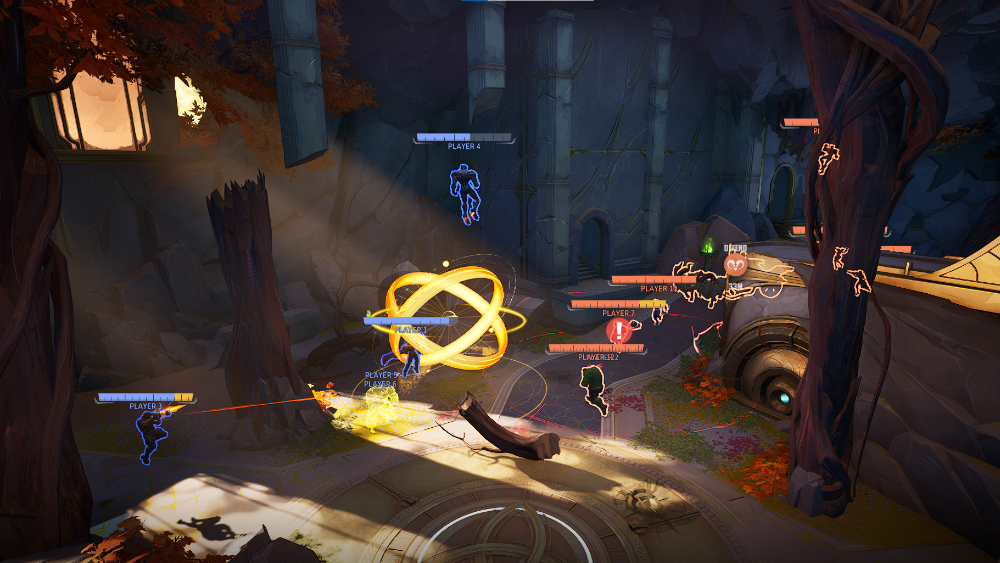
Triggering Overtime
Overtime activates if the main match timer reaches zero while one or more attacking players are within the payload's contest radius and have not yet reached the current checkpoint or final objective.
Maintaining Overtime
To keep overtime active, the attacking team must continuously maintain the presence of at least one player within the payload's contest radius. If all attackers are cleared from this zone, overtime will end, and the attackers will lose (unless they simultaneously reach the objective).
Winning/Losing in Overtime
- Attackers win if they manage to push the payload to the next designated checkpoint or the final destination while overtime is active.
- Defenders win if they successfully eliminate all attackers from the payload's contest radius, causing the overtime bar to expire, or if the bar expires naturally (though the slow decay with attacker presence makes a full clear by defenders the more common win condition for them).
The possibility of an overtime push means defenders can never fully relax until the match concludes. Even with mere seconds left on the main clock, a coordinated attacker surge can trigger overtime and potentially reverse the outcome of a round or match, adding a layer of excitement and rewarding clutch plays under immense pressure. The effectiveness of an overtime push is intrinsically linked to the contest radius; if the zone is small and unforgiving, maintaining presence during a chaotic overtime fight becomes even more challenging and vital.
Key Takeaways for Escort Success
Mastering Escort (Convoy) mode requires a blend of individual skill and a deep understanding of its unique mechanics. Here are some key strategic considerations for both attacking and defending teams:
For Attackers
- Strategic Payload Presence: Aim for one to three players on the payload. One player provides the largest single speed boost, while three maximize it. Assess the game state to determine if the marginal speed gain from a third pusher outweighs their potential impact elsewhere.
- Leverage Indestructible Cover: The payload cannot be destroyed. Use it as a mobile cover during engagements to protect from enemy fire and control sightlines.
- Secure the Healing Advantage: When possible, decisively clear defenders from the payload to benefit from the 10 HP/second healing aura, allowing the team to recover and sustain the push.
- Prioritize Checkpoints: Reaching checkpoints is crucial not only for map progression but also for the significant time bonuses they provide. Coordinate pushes to secure these milestones.
- Overtime Tenacity: In overtime, the primary objective shifts to maintaining presence on the payload. Survival and staying within the contest radius are paramount.
For Defenders
- A Single Contester Suffices: Remember that only one defender is needed within the contest radius to completely halt the payload's forward progress. This can be used for tactical stalls and to buy time for reinforcements.
- Aggressively Deny Healing: Do not allow attackers uncontested time on the payload if it can be safely challenged. Preventing the healing aura can significantly wear down their resources.
- Calculated Retreats and Chokepoint Defense: Once a checkpoint is imminently lost, or has been lost, it's often better to fall back and set up a defense at the next natural chokepoint rather than overextending and staggering spawns.
- Time Denial at Checkpoints: The longer attackers are delayed from reaching checkpoints, the less overall time they will have for the entire map. Focus defensive efforts on denying these crucial time injections.
- Decisive Overtime Clears: When overtime is triggered, the objective for defenders is a swift and complete elimination of all attackers from the payload to end the push.
By internalizing these mechanics and strategic considerations, players can significantly enhance their decision-making and impact in Marvel Rivals' Convoy mode, turning knowledge into a tangible competitive advantage.
